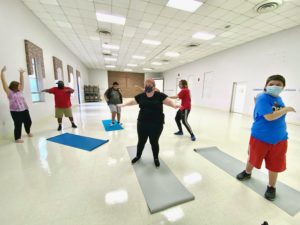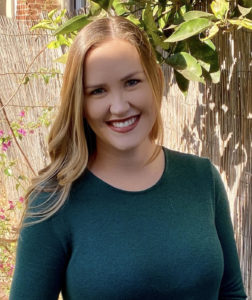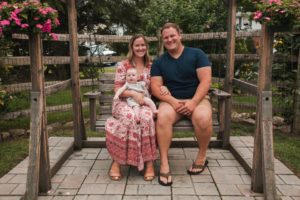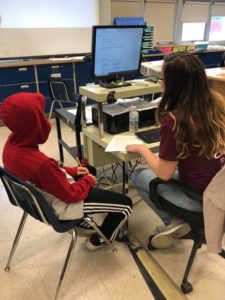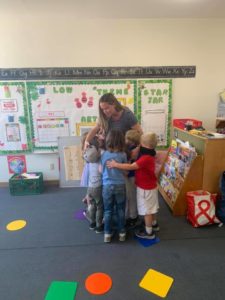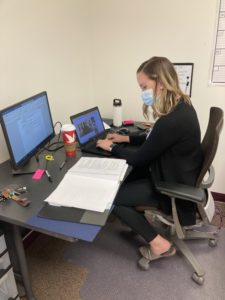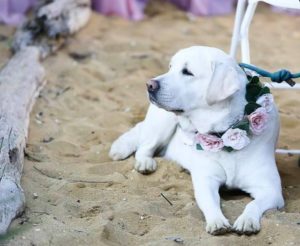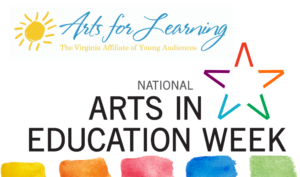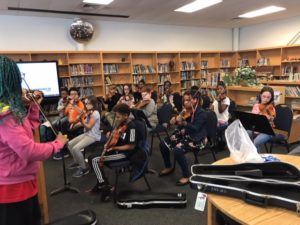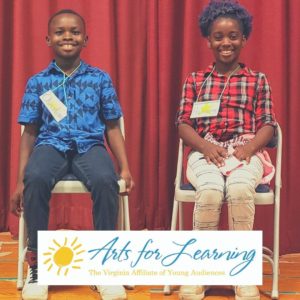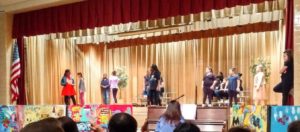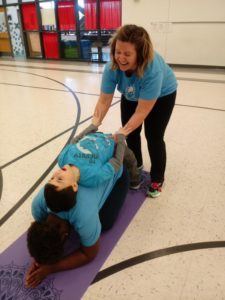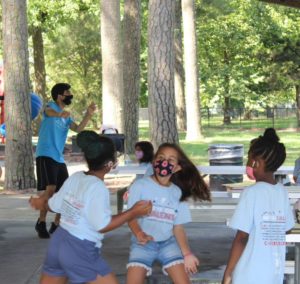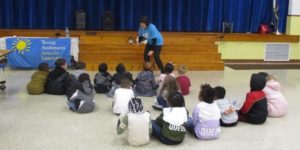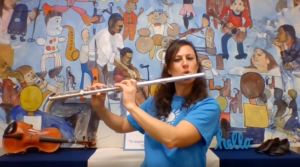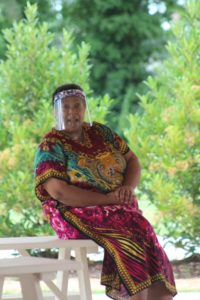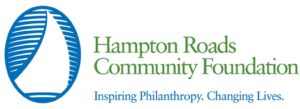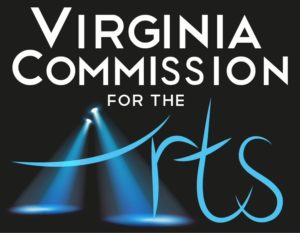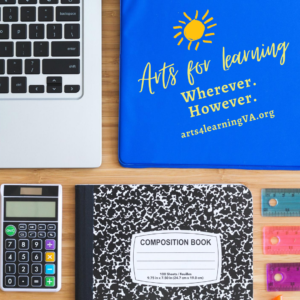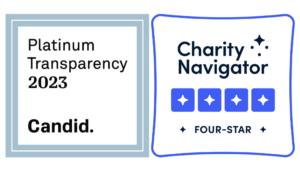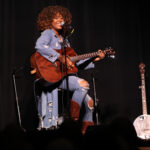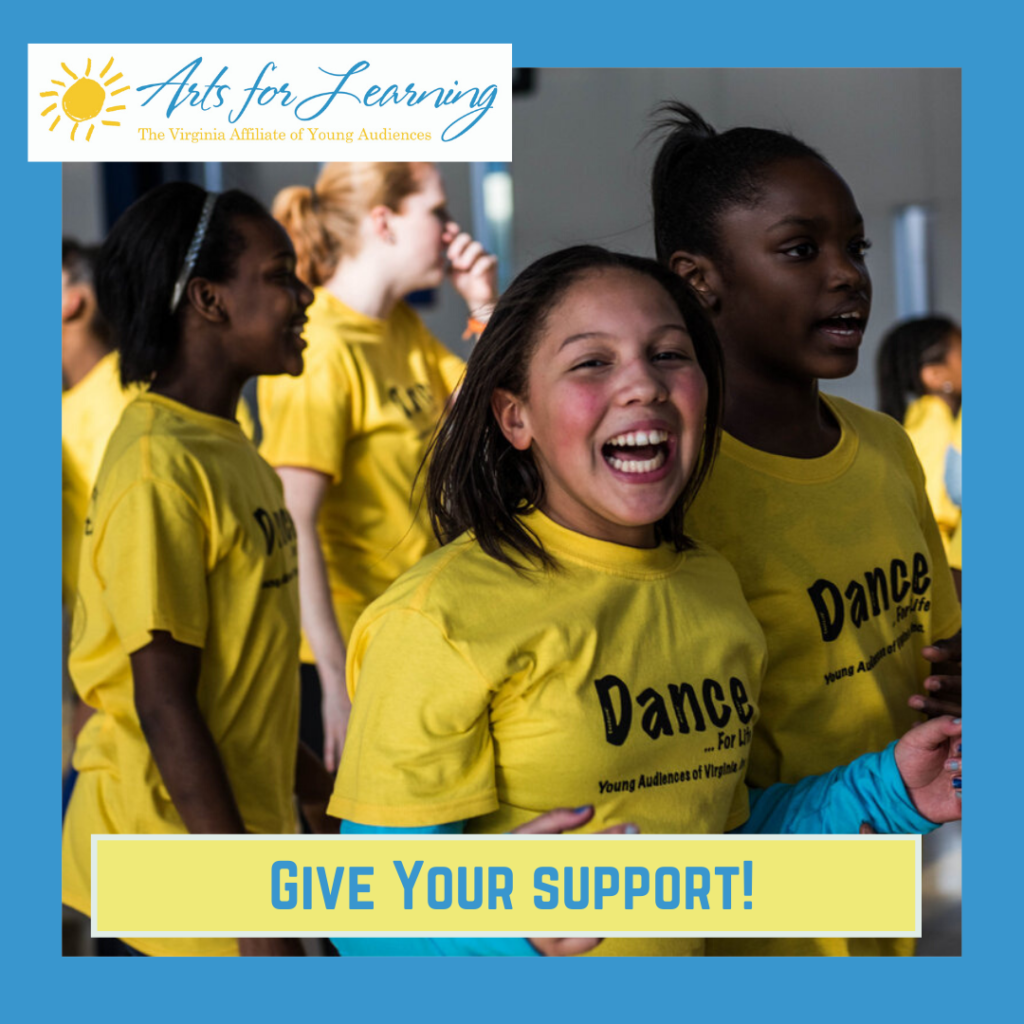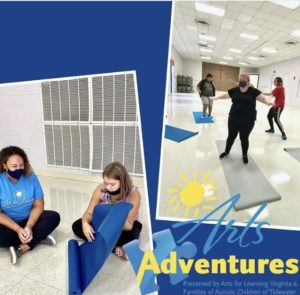 In guiding the Rhythm and Me adaptive dance residency for students with autism, teaching artist Angela Taylor leads with an open heart and many years of specialized training.
In guiding the Rhythm and Me adaptive dance residency for students with autism, teaching artist Angela Taylor leads with an open heart and many years of specialized training.
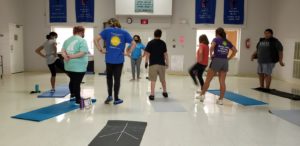 In the program, Angela helps middle and high school students explore themes that include communication, teamwork, and self-worth through a variety of dance and body movements—all in an environment where they’re learning alongside their peers. Rhythm and Me is the first residency under the three-year Arts Adventures program, an A4L partnership with Families of Autistic Children of Tidewater (FACT) that is underwritten by a grant from the Hampton Roads Community Foundation. During the twelve-week residency, students meet for classes two evenings a week in Virginia Beach.
In the program, Angela helps middle and high school students explore themes that include communication, teamwork, and self-worth through a variety of dance and body movements—all in an environment where they’re learning alongside their peers. Rhythm and Me is the first residency under the three-year Arts Adventures program, an A4L partnership with Families of Autistic Children of Tidewater (FACT) that is underwritten by a grant from the Hampton Roads Community Foundation. During the twelve-week residency, students meet for classes two evenings a week in Virginia Beach.
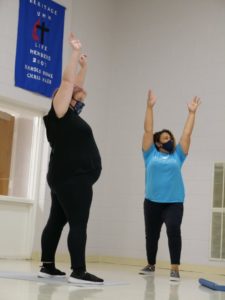 Angela has been an Arts for Learning teaching artist since 2015. She’s a certified yoga teacher, with hundreds of hours of formal instruction who uses a trauma-informed approach in all of her classes. Angela has special training in working with children who have physical, mental, and emotional disabilities.
Angela has been an Arts for Learning teaching artist since 2015. She’s a certified yoga teacher, with hundreds of hours of formal instruction who uses a trauma-informed approach in all of her classes. Angela has special training in working with children who have physical, mental, and emotional disabilities.
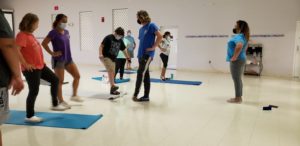 One mom shared that her 13-year-old son, Jesse, had been incredibly anxious going to the program for the first time, saying she can’t even remember how many events, clubs, camps, and workshops he’s signed up for have “backfired on us” in the past. But that’s not what happened this time:
One mom shared that her 13-year-old son, Jesse, had been incredibly anxious going to the program for the first time, saying she can’t even remember how many events, clubs, camps, and workshops he’s signed up for have “backfired on us” in the past. But that’s not what happened this time:
“When we came to pick him up, I was preparing myself for what has become the norm for us. Some type of issue – either from him or from the program. But the first thing we noticed is that he was still participating – like really participating. That alone made my heart smile – though I knew better to ask him how things went and the zillion other questions I always want to know. So, here is the most amazing part of all. I didn’t even need to ask because this is what my son told me as soon as we were in the car”:
I liked it. It was fun. Honestly, I went in expecting the worst, but I got the best.” Jesse, age 13
As for Angela, she says that she’s “so grateful for the opportunity to share, learn, and grow with these amazing young artists.”
The residency concludes in mid-December with a special “perform and inform” event for friends and family.
Read more about Angela here. To inquire about booking her to come to your school or community center, please call School and Community Relationships Coordinator Aisha Noel at 757-961-3737 or email Programs@Arts4LearningVA.org. The Rhythm and Me dance residency can be adapted to all abilities and ages of children and teens, from kindergarten through twelfth grade.

